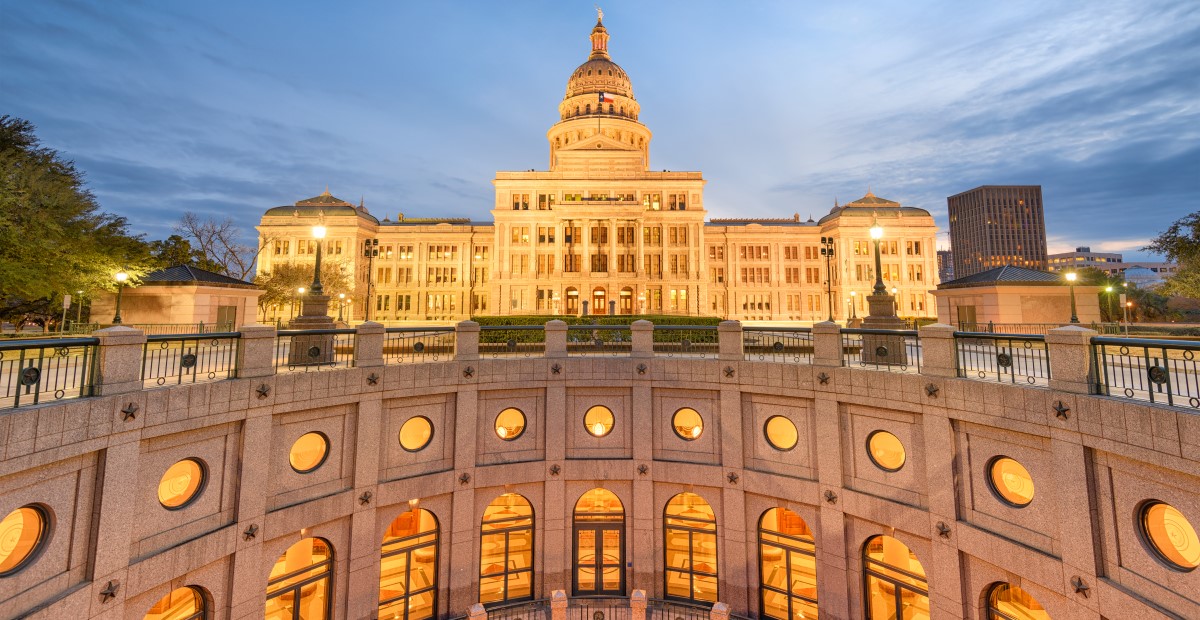Revenue estimate released on the eve of legislative session

Date Posted: 1/12/2015
The Texas state budget is a complicated document that is often criticized for being arcane and opaque. What is equally misunderstood is the process by which the state budget is developed. First of all, for understandable reasons, the Texas budget is often confused or conflated with the national budget. The truth is that other than the fact that both appropriate funding, they are very different products governed by very different laws.
The Texas budget is constrained by four separate constitutional provisions, all of which are ultimately in place to limit the growth of state spending every two years when the budget is being created. In short, we cannot spend more than we are projected to collect, and overall spending cannot grow at a rate that exceeds the growth in the state economy. There is no deficit spending in Texas.
This morning, the Texas comptroller of public accounts released the Biennial Revenue Estimate, which is the state's projection of how much the legislature will have available to spend for the 2016-17 state budget. Even after experiencing oil prices below what any economist projected, Texas is still projected to collect $113 billion in unrestricted general revenue for the next two years. According to the comptroller, after taking into account the current surplus of $7.5 billion and required transfers to the Economic Stabilization Fund and constitutionally dedicated transportation dollars, the legislature will have $16.7 billion above what is currently being spent to fund our priorities.
 "Why It Counts" from Texas Comptroller Glenn Hegar
So what does this mean? What can you get with $16.7 billion? Here is some context:
"Why It Counts" from Texas Comptroller Glenn Hegar
So what does this mean? What can you get with $16.7 billion? Here is some context:
- Roughly $1 billion would cover a $1,000 pay raise for each Texas educator.
- TRS-Care (retiree health insurance) needs over $720 million just to stay solvent for the next two years.
- TRS-ActiveCare is in desperate need of new funding to bring member premiums more in line with private industry rates, which could cost hundreds of millions of dollars.
- The public school finance lawsuit is still unresolved and could require that the state spend as much as $10 billion per year in new funding on public education.
CONVERSATION
RECOMMENDED FOR YOU

12/19/2025
Teach the Vote’s Week in Review: Dec. 19, 2025
Happy Holidays from ATPE! The ACLU of Texas is challenging SB 12 in federal court, and ATPE has distributed candidate surveys to those running for statewide, legislative, and SBOE seats.

12/18/2025
Gov. Abbott’s property tax promise and the split in the Texas GOP
Property taxes aren’t just a political talking point. They’re the main revenue source for vital local services, including police, fire, and public education.

12/12/2025
Dec. 8 filing deadline sets the stage for 2026 elections
Now’s the time to confirm your voter registration and update it if necessary.

